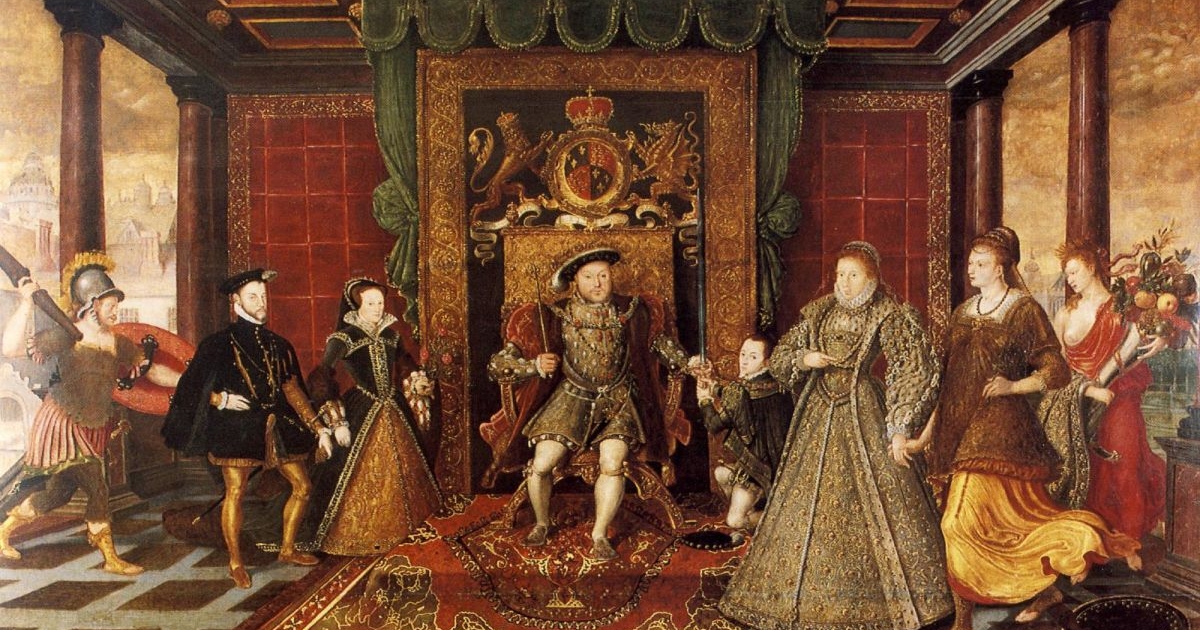ADVERTS
Absolutist State
The absolutist state was a form of power status that came from the feudal period in Western Europe. With the growth of the bourgeoisie, soon after the feudal period, there was a need to formalize a new style of State, which interacted with the bourgeoisie, which had acquired great economic value.
In this way, the monarchy centralized all power, managing the economy in a new contact with the bourgeoisie and managing relations with the nobility and clergy.
ADVERTS
In many European countries, the formation or permanence of the absolutist State was not peaceful. However, the integration of the bourgeoisie into the new context of power was necessary to implement the model that we know today as capitalism.
In absolutist theory, the State should be the agent that balances the actions promoted by men's natural instincts, which when put into practice generate endless conflicts. The author of this theory is Thomaz Hobbes.
Absolutism reached its peak in France between 1661 and 1715, during the reign of Louis XIV. The Church was listened to carefully in the absolutist State, as a conflict with such a powerful institution was not advisable.
ADVERTS
However, it is in the model of absolutism itself that the difference between public (of the people) and private (of the monarch) content begins to emerge. The interests, needs, culture and development of these two are extremely different.
The confusion between public and private was so great that Louis XIV even exclaimed the famous phrase “I am the State”.

Liberal State
The Liberal State was governed by the interests and needs of the new model of society that emerged through the bourgeoisie. The new society would only be able to prosper if there was a distinction between public and private at the governmental level.
The liberal State would be the separation between the monarch's rule in the Louis XIV style and the project of establishing mercantilism and capitalism.
The bourgeoisie wanted to rise to power and dominate the State. Taxes, for example, would come to be controlled by the liberal State that was linked to mercantilism, and would not be entirely disposed to the needs of the monarchy.
In this way, absolutism was replaced by liberalism. However, control of the State by the bourgeoisie, from the 17th century onwards, would generate a counterpoint with the interests of a new class that would emerge: the working class.
It was with the entry of the Liberal State that the social model moved towards democracy. Democracy arrived in each country through its own political contexts.
The democratic model, although governed by capitalism, remains the best option for popular participation in spheres of power.
